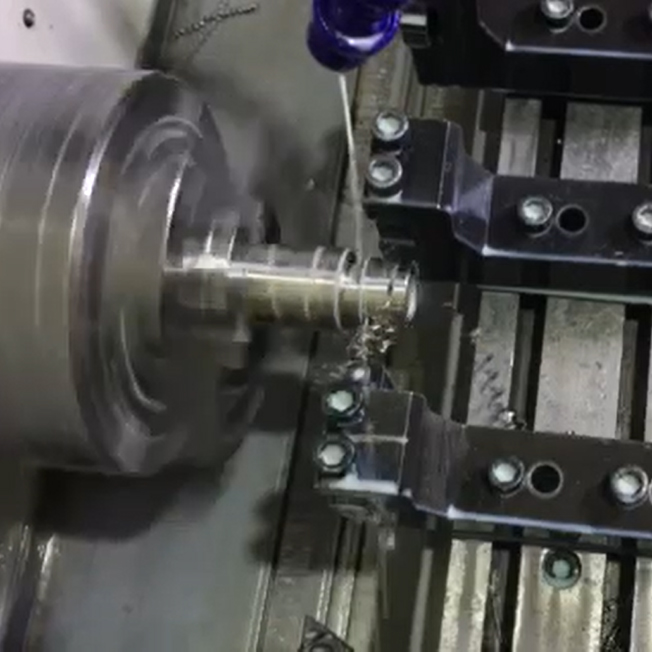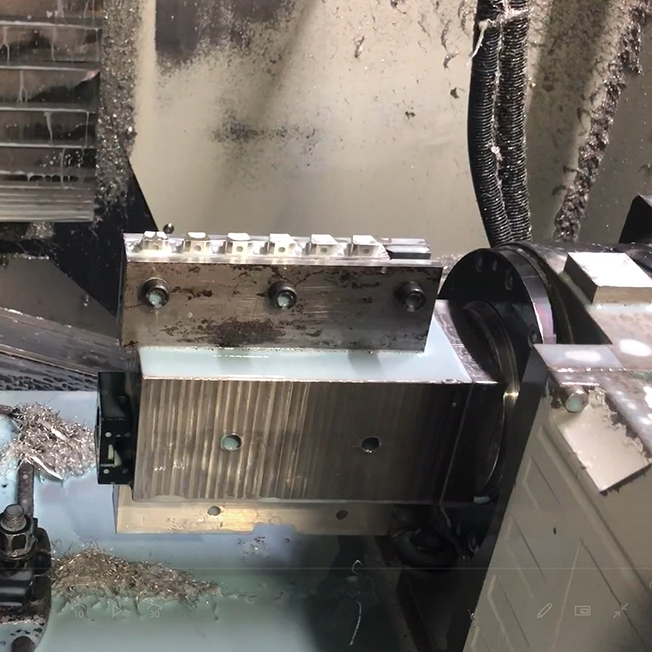
Privacy statement: Your privacy is very important to Us. Our company promises not to disclose your personal information to any external company with out your explicit permission.
How to control the quality of precision Machining?
1. The influence of the structure and material of the product on the size of the deformation The size of the product deformation is directly proportional to the product shape, wall thickness, aspect ratio, material stability and rigidity. Therefore, designers must consider the influence of these factors on the deformation of the product when designing products. Especially the structure of large-scale products should be carefully considered. At the same time, the hardness and material of the product blank must be controlled before processing to ensure that the quality of the blank meets the processing standards and reduce the impact of the product itself.

2. Deformation caused by product clamping. When using a fixture to clamp a workpiece, we should choose the right clamping point and adjust the clamping force according to the position of the clamping workpiece. Make the clamping point and the supporting point as consistent as possible so that the clamping force can be perfectly applied to the supporting point. At the same time, the clamping position should be as close to the processing surface as possible, and the force should be uniform so that the workpiece will not be deformed by the clamp. Increasing product rigidity is also a very effective way to solve the clamping deformation. For thin-walled products, due to its own shape and structural characteristics, its rigidity is low, so it is easy to deform under the action of clamping. Enlarging the contact area between the fixture and the product can also effectively reduce the clamping deformation of the workpiece. When processing thin-walled workpieces, you can use a large number of elastic press plates that increase the force area; when turning thin-walled workpieces, you can use elastic mandrels and full-arc jaws that increase the contact area; these elastic clamps can be used for The load-bearing clamping force is very helpful and can effectively avoid the deformation of the workpiece.

3. Deformation produced during parts processing. Due to the influence of cutting force during processing, parts will inevitably produce elastic deformation in the direction of the force, which is what we commonly call the phenomenon of giving up the knife. We should pay special attention to and avoid the phenomenon of letting the knife occur. This requires us to have stricter requirements on the tools during finishing, for example, the tools should be sharp. When the tool is sharp, in addition to reducing the frictional resistance of the tool and the workpiece, it can also improve the heat dissipation capacity of the tool and reduce the residual internal stress on the part.

Privacy statement: Your privacy is very important to Us. Our company promises not to disclose your personal information to any external company with out your explicit permission.

Fill in more information so that we can get in touch with you faster
Privacy statement: Your privacy is very important to Us. Our company promises not to disclose your personal information to any external company with out your explicit permission.